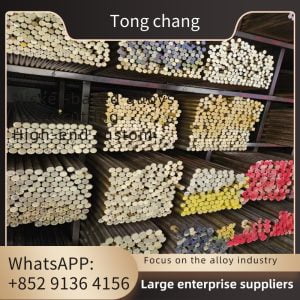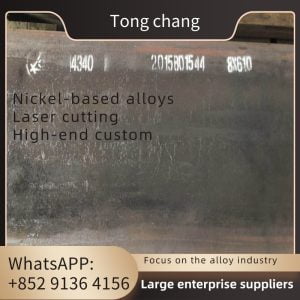| Tube Material: | A179 | Fin Type: | Embedded |
|---|---|---|---|
| Fin Material: | Al 1060 | Application: | Heat Exchanger/Heater Parts |
| Bare Length: | 110mm/110mm | Fin Quantity: | 11 Fins/Inch |
| Fin Thickness: | 0.4mm | Fin Height: | 15.8mm |
| High Light: | Embedded Finned Tube ASTM A179, Al 1060 G-Type Finned Tube, 0.4mm Extruded Fin Tube | ||
Embedded G-Type Fin Tube ASTM A179 + Al 1060 Carbon Steel Manufacturer
Overview:
“G” Type Aluminium Embedded Finned Tube is an important part in the heat exchanger, especially the finned tube made of aluminum, which is light in weight and easy to manufacture, and is commonly used in heat exchange devices.
The main design feature of Embedded Fin tubes involves the fin being inserted and welded into a helical groove cut into the tubes. G fins can be used in higher temperatures and are very durable.
Embedded fins are best suited for use in high thermal cycling or high temperatures and where the fin side will be subjected to regular cleaning. This type of fin comes with a major limitation being the need for a minimum wall thickness of 1.65mm to accommodate the grooves. However, the ‘G’ type fin can withstand temperatures of up to 400°C and can incorporate carbon steel fins for better conductivity.
Manufacturing Process
Specifically, the G type fin tube is a spiral groove with a certain width and depth that is pre-processed on the steel tube, and then the aluminum strip is inlaid on the steel tube on the equipment. During the winding process, due to a certain pre-tightening force, the steel strip will be tightly pinched in the spiral groove, thus ensuring a certain contact area between the steel strip and the steel pipe.
In order to prevent the steel strip from rebounding and falling off, both ends of the steel strip should be welded to the steel pipe. In order to facilitate the inlay, there should be a certain backlash between the steel strip and the spiral groove. If the backlash is too small to form an interference, the inlay process is difficult to proceed smoothly.
In addition, the wound steel belt will always have a certain rebound, as a result, the steel belt and the bottom surface of the spiral groove cannot be well joined. Inlay fins can be carried out on general equipment, and the cost is not high.
There are many variables to be considered to successfully select and design a finned tube heat exchanger including:
-Metals best suited for the tubes and the fins;
-Type of tube enhancement – fins or wire;
-Thickness of the tube walls;
-I/D and O/D of the tubes;
-Pitch of the fins;
-Type and number of fans to provide air flow;
A179 Chemical Composition
| Element | A/SA 179 |
| C | 0.06-0.18 |
| Mn | 0.27-0.63 |
| P | ≤0.035 max |
| S | ≤0.035 max |
Equivalent Material:
| Grade | ASTM A179 / ASME SA179 | |
| UNS No | K01200 | |
| Old British | BS | CFS 320 |
| German | No | 1629 / 17175 |
| Number | 1.0309 / 1.0305 | |
| Belgian | 629 | |
| Japanese JIS | D3563 / G3461 | |
| French | A49-215 | |
| Italian | 5462 | |
Applications
-Pharmaceutical Equipment
-Chemical Equipment
-Sea Water Equipment
-Heat Exchangers
-Condensers
-Pulp and Paper Industry
-Off-Shore Oil Drilling Companies
-Power Generation
-Petrochemicals
-Gas Processing







